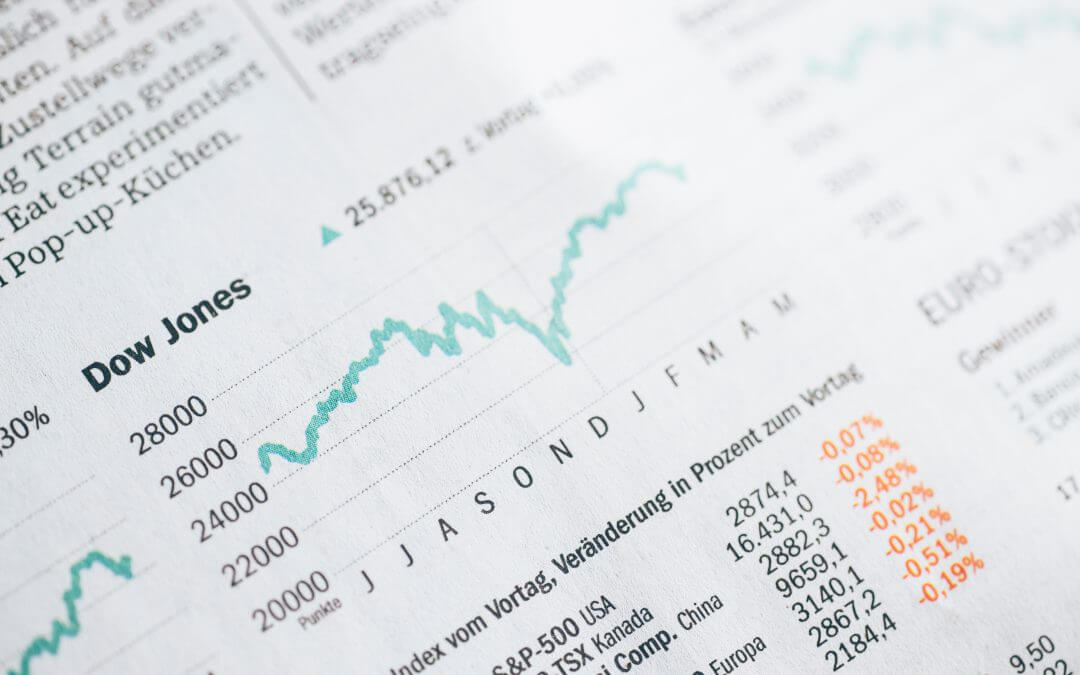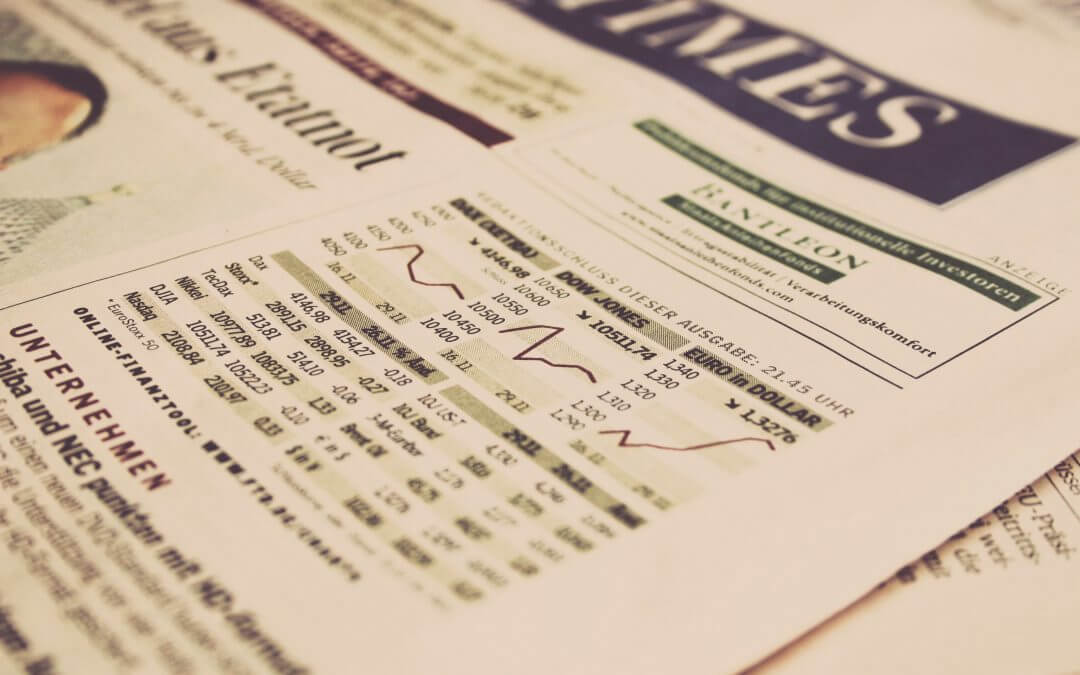Boeing’s 737 Max issues highlighted the company’s sacrifice of safety for financial performance, resulting in a tarnished reputation. The prioritization of profit over core values also damaged the FAA’s credibility and revealed a lack of accountability for top executives. This downfall serves as a reminder of the importance of maintaining core values and prioritizing them over short-term financial gains.

Working From Home – What Have We Learned?
Well, we have been working from home now for nearly five months and probably will continue to do so for another year.
So what is the verdict?
The Good News
Many leaders anticipated that employee performance would significantly deteriorate. Given that numerous studies over the years had shown that falls in productivity accompanied a significant change, their expectations were not unfounded. However, a Harvard Business School survey indicated that workers adjusted to working virtually far quicker than expected. In many cases, workers felt they were as productive as they were before. According to one employee, “I’m able to get everything accomplished just like before, and I think everyone else is finding they can too.” This quick return to productivity is remarkable.
Not to say the changes didn’t cause problems. Job satisfaction and engagement fell sharply after two weeks of working virtually. However, by the end of the second month, both measures had recovered dramatically. As another employee put it, “It took some time to get used to it and for things to go right. It was a learning process.”
The improvements in satisfaction and engagement resulted from organizations finding the right balance between meeting and work time. There were issues with too many virtual meetings, leaving no time to do the actual work. Also, people had to get comfortable with communicating over Zoom, Skype, Teams, etc.
Work-Life Balance
The biggest issue was figuring out how to manage work-life balance, basically turning off work at home. According to research, managers who cannot “see” their direct reports often struggle to trust that their employees are working. With such doubts, managers sometimes start to develop the unreasonable expectations that team members be available at all times, ultimately disrupting their work-home balance and causing more job stress.
Data provided by Humanyze from email, chat, and calendar systems across a global technology company supported the HBR survey results. The data revealed that the workday significantly increased at the beginning of all-virtual work. Immediately after the lockdown began, about 50% of employees could maintain at workday of 10 hours or less, compared to 80% pre-COVID. While workday time has started to trend back to pre-lockdown levels, workdays are still 10% to 20% longer on average.
Furthermore, since all-virtual work began, employee stress, negative emotions, and task-related conflict have all been steadily falling; each is down at least 10%. Also, employees have experienced an approximately 10% improvement in self-efficacy and their capacity to pay attention to their work. Employees now say they are “falling into a consistent routine,” “forming a pattern [of work time and breaks] with my coworkers,” and “learning what makes me the most productive and how I can best manage my time and energy.”
From CEOs down, many saw benefits from working from home, including a reduction in travel. One CEO hoped that this had put an end to the ‘fly across the country for a one-hour meeting’ expectation forever.” Overall employees reported that they had:
- More focus time
- Shorter meetings
- More flexible time with family; and
- No loss over missing the daily commute.
Challenges for Managers
While the research has shown an increase in the workday and performance returning or above pre lockdown levels, not all management attitudes reflect this. Different HBR research suggested that of managers:
- 56% are not confident in their ability to manage remotely. Their beliefs about remote employees’ performance reflect their lack of confidence in their ability to manage their reports.
- 60% agreed or were uncertain that remote workers usually perform worse than those who work in an office.
- 58% questioned whether remote workers could remain motivated over time.
The research further shows that:
- Men are more likely to have negative attitudes to remote working and mistrust their own employees’ competence.
- Those in non-managerial/non-professional roles had lower self-efficacy for managing remote workers, more negative attitudes, and greater mistrust.
- Younger managers are more likely to lack self-efficacy for leading remote workers.
With COVID, many employees are facing increased stress, especially for those with compromised finances or families requiring care. Thus some are struggling to perform at their pre lockdown levels. The concern is that this will create a negative feedback loop in which manager mistrust leads to micromanagement, which then leads to drops in employee motivation, further impairing productivity.
Therefore, managers at all levels need support and training, so that management quality will improve, which will improve remote workers’ wellbeing and performance. This support for managers must be a critical focus of senior leadership if employee performance is to remain high as companies move forward with possibly another year of work from home.
What Else Could Go Wrong
With Google now saying that employees can remain virtual till summer 2021 and others following suit, should we all go virtual were we can?
A key issue with a virtual workforce is the loss of unplanned interactions that lead to significant outcomes. In physical offices, people who don’t usually work with each other to connect accidentally, and that interaction sparks new ideas. While the HBR study found employees increased their communication with close collaborators by 40%, contact with other colleagues fell by 10%. Also there less schmoozing and small talk among virtual workers, which has shown to lead to lower levels of trust.
In addition to a lack of spontaneity, three other issues face organizations in a virtual world that undermine organizational health.
Onboarding new employees
Research has shown that great onboarding involves two sets of activities:
- Exposing new employees to “how things are done around here” by indoctrinating them into the company’s vision, history, processes, and culture; and
- Allowing them to apply their signature strengths and express their genuine selves.
While the first has been adapted relatively well to a virtual world, the second is much harder. To achieve the second requires numerous in-depth interactions, and existing employees are accustomed to having those in person.
Weak Ties
These are the shallow or peripheral relationships among members of an organization who don’t work closely with each other but have nonetheless connected over time. Weak ties play an important role in organizational performance, including innovation, raising or maintaining product and service quality, and attaining project milestones. If people cannot interact face to face and just connecting through Zoom and document sharing, weak ties are under threat.
Fostering relationships
It is hard to foster relationships in a virtual environment outside your direct team. Furthermore, with everyone working from home, companies are finding more-limited value in rotational programs, cohort-based training programs, or even cross-functional staffing assignments. While the return from such programs is hard to identify at present, it is an investment that has a significant ROI in the long term. Long-term relationships that once sprang from such shared experiences are undoubtedly at risk and weaken the organization.
What Happens as Some Return
A possible reason identified for the continued performance of virtual employees is that everyone experienced simultaneously, while in prior studies, only some had been working from home. If this is right, then the problem may return when office work resumes.
Presently, those who have returned to the office are a minority, comprising those who find it most challenging to work at home. However, as more people go back to the office for various reasons, those who remain at home may start to feel isolated, affecting performance.
A key reason for employees to return is paranoia. The pandemic has helped managers identity those who are indispensable and who are not. For those deemed non-indispensable, there is the concern that lack of sight will result in termination or offers of early retirement. As more people reason the same way, the pressures to return will grow. Once those back at work reaches a critical mass, the rest may be obliged to follow suit.
For the moment, it is waiting and see.
Recent Posts
The Downfall of Boeing: A Lesson in Core Values
Resolutions, Here We Go Again.
In reflecting on 2021 resolutions, the author scored themselves in three categories and sought to improve success in 2022 by addressing friction points. Drawing on advice from social psychologist Wendy Wood, the author identified areas to reduce or increase friction in their failed resolutions. By making these adjustments, the author aims to enhance their goal achievement and encourages others to consider friction when setting resolutions.
You need to take an extended vacation. No, seriously, you do.
COVID has taken a toll on all of us. If you have not taken an extended vacation in a while where you disconnect, you need to now. You and your business will benefit.
Becoming Famous in Your Niche: The Success Story of Linn Products Limited
In a previous discussion, I highlighted the importance of being famous for something. Being well-known in your niche can help you: Concentrate on your strengths Connect with your target audience Communicate your offerings more effectively Receive referrals Identify...
Understanding and Optimizing Your Cash Conversion Cycle
Understanding and optimizing the Cash Conversion Cycle is crucial for business growth, as it impacts cash flow and the ability to access external capital. This cycle consists of four components: Sales, Make/Production & Inventory, Delivery, and Billing and Payments. To improve the Cash Conversion Cycle, companies can eliminate mistakes, shorten cycle times, and revamp their business models.
Discovering Your Niche: Why You Need to Be Famous for Something
As an entrepreneur, it’s crucial to specialize in a specific area and become famous for something, allowing you to generate referrals and build your brand. Understanding the “job” you’re hired for helps you stand out in the marketplace and communicate your value proposition effectively. By providing value to your clients, you can adopt a value-based pricing approach, ensuring your business remains competitive and maintains a strong market presence.
Rethinking Your Pricing Model: Maximizing Margins and Providing Value
Rethink your pricing model by focusing on the value you provide and your customers’ Best Alternative To a Negotiated Agreement (BATNA). This approach can help you maximize margins while delivering better value to your clients. Assess your offerings and brainstorm with your team to identify pricing adjustment opportunities or eliminate commodity products or services.
Do you know your Profit per X to drive dramatic growth?
I recently facilitated a workshop with several CEOs where we worked on the dramatic business growth model components. One of the questions that I had asked them beforehand was, "What is Your Profit/X?" The results showed that there this concept is not clear to many....
The War for Talent: 5 Ways to Attract the Best Employees
In today’s War for Talent, attracting the best employees requires a focus on value creation, core customer, brand promise, and value delivery. Clearly articulate your company’s mission, identify your “core employee” based on shared values, and offer more than just a salary to stand out as an employer. Utilize employee satisfaction metrics and showcase your company’s commitment to its workforce on your website to make a strong impression on potential candidates.
Are you killing your firm’s WFH productivity?
Productivity remained during WFH with COVID. However, further analysis found that hourly productivity fell and was compensated for by employees working more hours. What was the culprit – Meetings. Want to increase productivity, have fewer meetings.














